Contents Good Activities
for Toddlers 101 Rhythm Instrument Activities for Young Children Abigail Flesch Connors Illustrated by Deborah C. Wright

Gryphon House, Inc. Lewisville, NC Dedication To the memory of my mother, Elizabeth Terpenning Flesch, who always encouraged and supported my creativity. 2004 Abigail Flesch Connors Published by Gryphon House, Inc. PO Box 10, Lewisville, NC 27023 800.638.0928 (toll free); 877.638.7576 (fax) Visit us on the web at www.gryphonhouse.com All rights reserved. No part of this publication may be reproduced, stored in a retrieval system or transmitted in any form or by any means, electronic, mechanical, photocopying, recording or otherwise, without prior written permission of the publisher.
Cover illustration: Joan Waites Illustrations: Deborah C. Wright Reprinted May 2012 Library of Congress Cataloging-in-Publication Data Connors, Abigail Flesch, 1957- 101 rhythm instrument activities for young children / by Abigail Flesch Connors ; illustrations, Deborah C. Wright. p. cm. Includes indexes.
ISBN 978-0-87659-290-8 1. Rhythm--Study and teaching (Preschool) 2. Education, Preschool--Activity programs. 3. Music in education. I.
Title: One hundred one rhythm instrument activities for young children. II. Title: One hundred and one rhythm instrument activities for young children. III. Title. GV463.C66 2004 372.87--dc22 2003016466 Introduction As soon as babies are able to hold objects, they start to bang them, shake them, and throw them on the floor.
They do this to learn about their bodies capabilities, to explore their environment, and to test the properties of physical objects, but most of all, they do this to experience the joy of creating sounds. What a wonderful feeling it is when they discover that they can make noise in so many ways! Its a feeling of wonder, delight, and power. To paraphrase seventeenth century philosopher Ren Descartes, the babys philosophy is: Im LOUD, therefore I am! As early childhood teachers, our goal must be to respect and satisfy childrens need to make noise, while gently guiding them toward expressing themselves musically. Rhythm instruments provide a uniquely effective medium to bridge this gap. Children respond to rhythm sticks, shakers, and other instruments with instinctive enthusiasm. They literally celebrate life with a bang (and a shake, rattle, and roll)! And when you use rhythm instruments in the context of songs, stories, and musical games, children develop an awareness of rhythm, phrasing, tempo, and other elements of musicality.
Its an incredible joy to see children discover the music within themselves! You know how important music is for young children. Im not just referring to its role in the development of many kinds of intelligencewhich has been well documentedbut the sheer joy of experiencing music. For socialization and a feeling of belonging, nothing compares with the bond that is formed when a group makes music together. Shy children will start to come out of their shells a bit to join in, and aggressive children will cooperate so they can take part in the fun. Music, a natural outlet for creativity and self-expression, is a basic human need. Yet some children dont even realize that music is something they can create.
Once I was singing a song with a group of children and a little girl asked, But wheres the music , Miss Abby? Wheres the music ? She was looking around me and behind me. It took me a moment to realize that she meant, Wheres the CD? She was bewildered by the idea of people making their own music! For many of you, the most basic, natural way to express musical ideas is through singing, and I encourage a lot of singing. The problem is that not all children will participate in singing activities. Some children live in homes where there isnt a lot of singing, and some are just naturally shy or self-conscious. There are many reasons why a child may not feel comfortable singing in a group. Another problem in preschool is that singing often occurs in the context of learning a new song, which is a hard thing for many young children.
Learning a new song involves listening, remembering words, understanding words, pronouncing words, remembering and singing a tunequite a lot of skills. In contrast, rhythm instrument activities are so easy! Most of them involve simply copying one motion at a time. Theres nothing to remember. Also, theres no right or wrong way to do it, which leaves plenty of room for individuality. Another wonderful thing about rhythm instruments is that they involve the body in keeping a beat and feeling rhythm. The children are fully participating musically.
Theyre really creating music, without even trying! Rhythm instrument activities both reinforce and build body awareness , as you use different parts of the body (Lets shake it on our arms; lets shake it behind our backs). They build spatial awareness as you move the instruments through space in various directions and with big and small ranges of motion. It encourages movement exploration and expands your movement repertoire and vocabulary . For instance, a child may not have performed a certain movement before, such as turning a shaker around or shaking it upside down. As the children experience the new movement, I verbalize it (Now youre turning your shaker around) so that the vocabulary stays with thembecause theyre doing it while theyre hearing the words. These activities also promote understanding of concepts such as up and down, over and under, high and low, soft and loud, short and long, in and out, and stop and go.
With all of these possibilities, rhythm instruments are truly an extraordinary learning tool, and theyre so much fun! During more than 12 years as an early childhood music specialist, Ive taught rhythm instrument activities to toddlers, preschoolers, and kindergarteners; in small groups and large groups; in all kinds of settings. One thing is true everywhere I gokids love playing rhythm instruments! Ive found rhythm instrument games and activities to be so enjoyablefor the children I teach and for myselfthat Ive often wondered: Why dont more teachers of young children use rhythm instruments on a regular basis? I believe that the only reason is that there is simply a lack of resources for teaching rhythm instrument activities. Im constantly scouring libraries, bookstores, and catalogs for any and all teaching materials relating to music and young children. Although many excellent books, recordings, and videos are out there, I have never found a single book devoted to the use of rhythm instruments with groups of young children. I noticed that preschool children in my class were very curious and excited about rhythm instruments and wanted to play them more than just once in a while. They taught me, with their inspiring inventiveness and imagination, that there was a lot more to experience and explore with rhythm instruments! Thats when I began to develop my own rhythm instruments curriculumto help children explore the sound and movement possibilities of playing rhythm instruments.
I created this book to share these activities with preschool teachers and others who are looking for meaningful musical experiences for their classes. Its a selection of activities for many kinds of rhythm instruments. Some activities are my original creations; some are adapted from traditional songs and stories. Youll find activities for rhythm sticks, shakers (maracas), jingle bells, sand blocks, and many other instruments. Quality rhythm instruments are readily available and (with some exceptions) usually quite inexpensive. Many rhythm instruments are easy to make as a class project, costing little or nothing! (See Rubber-Band Banjos and a Java Jive Bass: Projects and Activities on the Science of Music and Sound by Alex Sabbeth, published by John Wiley, 1997.) Recordings and instruments can be found in school supply stores and catalogs, in bookstores, and on websites.


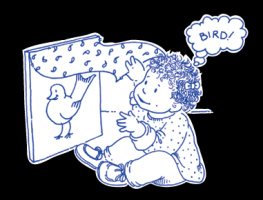
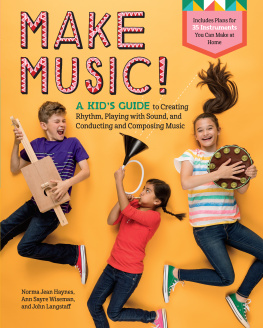

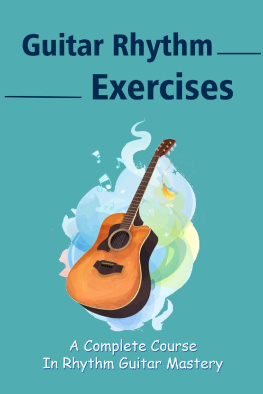
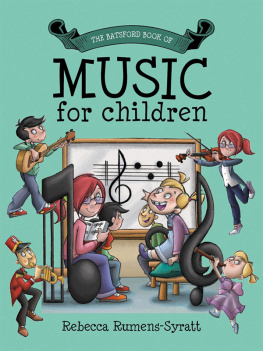
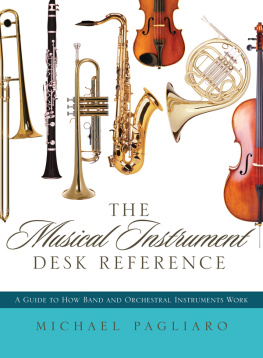

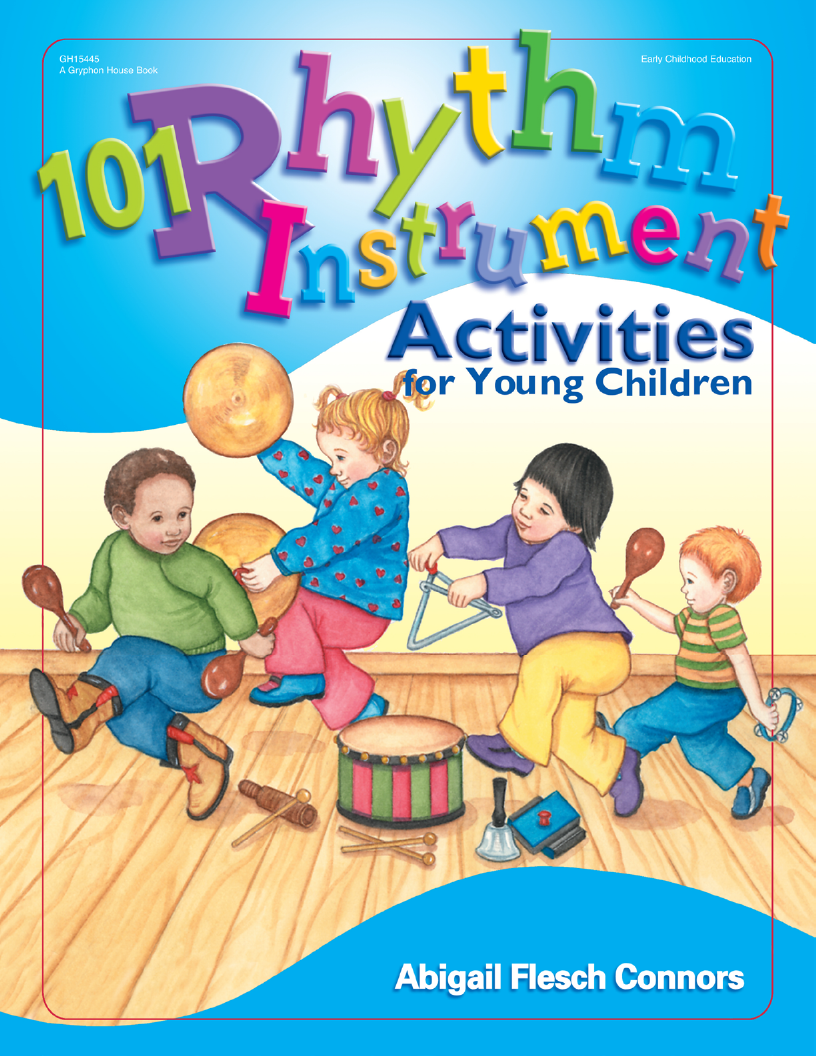
 Gryphon House, Inc. Lewisville, NC Dedication To the memory of my mother, Elizabeth Terpenning Flesch, who always encouraged and supported my creativity. 2004 Abigail Flesch Connors Published by Gryphon House, Inc. PO Box 10, Lewisville, NC 27023 800.638.0928 (toll free); 877.638.7576 (fax) Visit us on the web at www.gryphonhouse.com All rights reserved. No part of this publication may be reproduced, stored in a retrieval system or transmitted in any form or by any means, electronic, mechanical, photocopying, recording or otherwise, without prior written permission of the publisher.
Gryphon House, Inc. Lewisville, NC Dedication To the memory of my mother, Elizabeth Terpenning Flesch, who always encouraged and supported my creativity. 2004 Abigail Flesch Connors Published by Gryphon House, Inc. PO Box 10, Lewisville, NC 27023 800.638.0928 (toll free); 877.638.7576 (fax) Visit us on the web at www.gryphonhouse.com All rights reserved. No part of this publication may be reproduced, stored in a retrieval system or transmitted in any form or by any means, electronic, mechanical, photocopying, recording or otherwise, without prior written permission of the publisher.